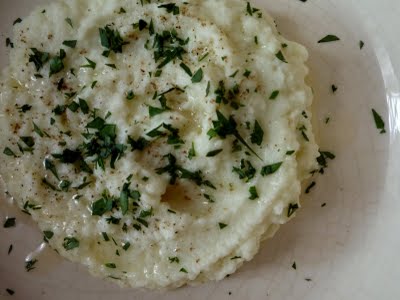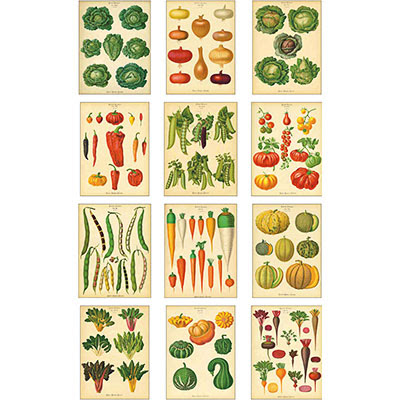Queenie Cooks: Strawberry-Rhubarb Compote
 Thursday, May 19, 2011 at 07:00AM
Thursday, May 19, 2011 at 07:00AM  Kiddos, I am seriously psyched. I heard today (not through the grapevine, but via the lovely and amazing Lucy's Greenmarket Report) that strawberries have made their debut at the New York City Greenmarkets! This is especially exciting news, as I was expecting strawberries to be a bit late this year, thanks to the cold, erratic weather we've been having around these parts.
Kiddos, I am seriously psyched. I heard today (not through the grapevine, but via the lovely and amazing Lucy's Greenmarket Report) that strawberries have made their debut at the New York City Greenmarkets! This is especially exciting news, as I was expecting strawberries to be a bit late this year, thanks to the cold, erratic weather we've been having around these parts.
But, no. The strawberries defied expectations and have arrived ahead of Memorial Day, and I am seriously psyched to get my hands on some this weekend.
See, strawberries and I go back. In fifth grade, when my elementary school held its annual Parents' Night, each set of parents was asked to identify their child's desk by reading the lists of clues left behind for them, which included a "Favorite Foods" section. Everyone else picked pizza or spaghetti - my parents knew right away that their daughter's desk was the one which read "strawberries and cucumbers."

Make sure to taste the compote before you cool and store it. I tend to like it a bit tart, but you might want something on the sweeter side, especially if you have little ones. We don't want to put them off the strawberries. I like to think I have a spiritual heir to the fruit-loving throne out there somewhere, you know?
3-4 stalks rhubarb, leaves trimmed, strings removed, cut crosswise into 1/2 inch pieces
1/4 - 1/2 cup sugar (depending on taste)
1 quart strawberries, hulled and sliced length-wise into 1/4 inch pieces
In a medium saucepan set over medium heat, cook the rhubarb down till just softened, but still holding its shape. Stir in the sugar and heat till it dissolves in the rhubarb's juice, then stir in the strawberries.
Cook just until bubbling, then remove from heat. Once the mixture has cooled somewhat, spoon into a clean mason jar and refrigerate until you're ready to eat! It should last about two or three weeks in the fridge.
You can also eat it warm, if you so desire.
Makes approximately 3/4 quart of compote.
 cooks
cooks 










